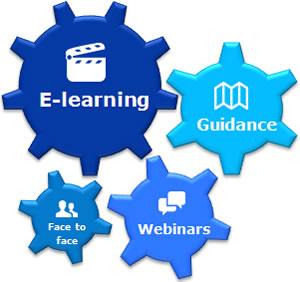EudraVigilance training and support
The European Medicines Agency (EMA) offers training to support stakeholders in meeting their pharmacovigilance obligations when using EudraVigilance. Training is important to ensure that users understand its functionalities and submit high quality data which adhere to standards that allow for adequate monitoring of the safety of medicines and the protection of public health in the European Union (EU).
HumanRegulatory and procedural guidancePharmacovigilanceResearch and development
